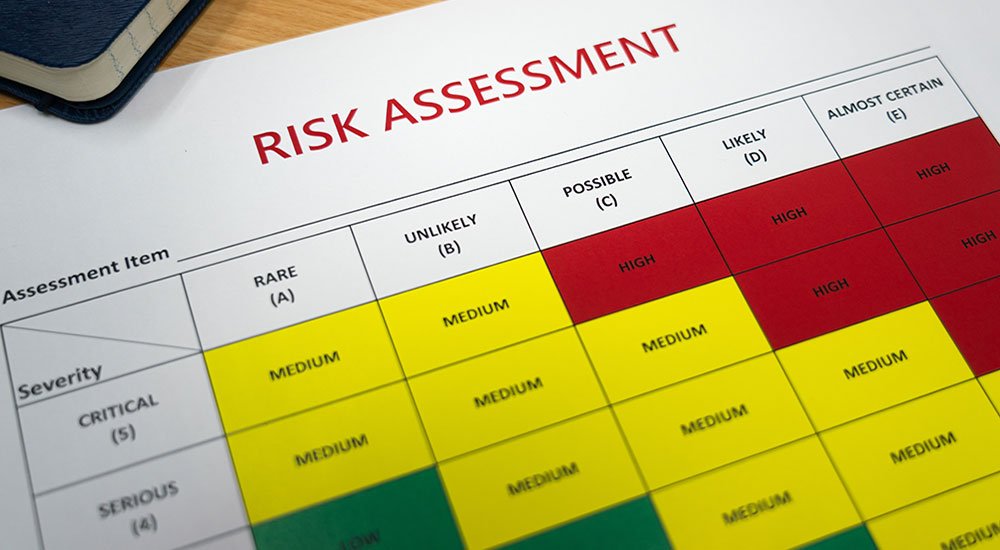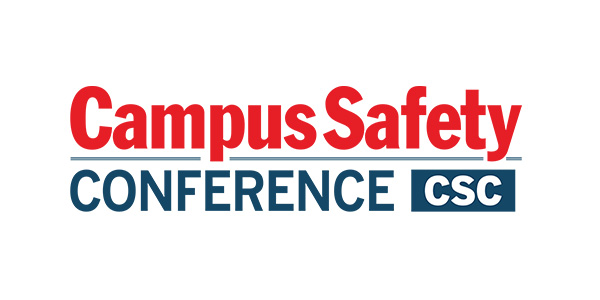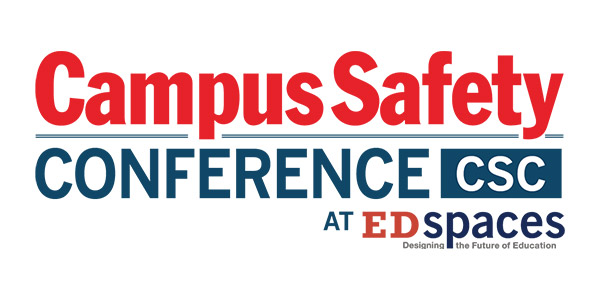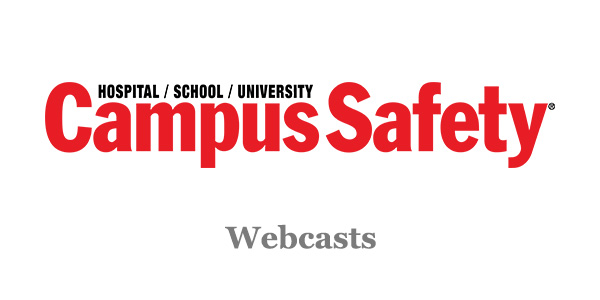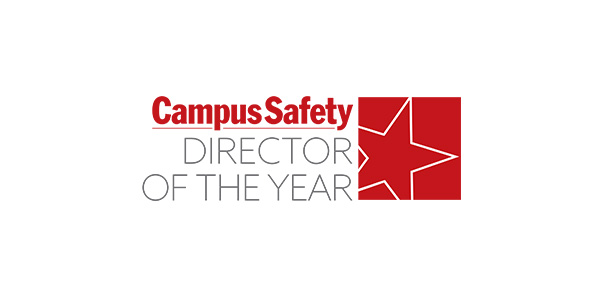One truth stands firm in school safety: Every sound security strategy begins with an unbiased risk assessment. Whether for a school, hospital, university, or government facility, this process helps identify and prioritize how best to protect people, property, and information.
For schools, this assessment often leads to security committees, typically made up of school board members, administrators, teachers, parents, and first responders. These teams are tasked with revising emergency plans, purchasing products, and implementing protocols. However, many lack formal training in comprehensive security or professional risk management certifications like Certified Protection Professional (CPP). This can lead to an incomplete understanding of risks to an organization.
Unfortunately, a common but problematic mindset persists: A zero-risk mentality, especially regarding active shooter scenarios. While high in impact, such events remain statistically low in probability.
To illustrate this, consider the data:
- In 2024, Education Week tracked 39 incidents on K–12 campuses involving gun-related injuries or deaths
- The K–12 School Shooting Database reported 330 incidents where a firearm was brandished, fired, or a bullet hit school property
With approximately 115,000 schools in the U.S., the probability of a school experiencing a shooting is extremely low:
- .00034% for incidents involving injury or death
- .0029% for firearm presence or discharge on school property
Compare that to student mental health statistics. According to the National Center for Education Statistics, there are about 51 million K–12 students in the U.S. Roughly 1 in 5 struggle with diagnosed mental health issues such as anxiety or depression. That’s over 10 million students annually, or an average of 89 mental health concerns per school per year, once every two school days.
That is what experts call a high-probability, high-impact issue.
RELATED: Mental Health in America: Test Your Awareness with This Quiz
A school will likely experience a serious mental health crisis. Given that Behavioral Threat Assessment and Behavioral Assessment are predicated on preventing violent behavior but also in assisting students with coping skills for better mental health, we have reached a crucial point in deciding which security and safety project to spend dollars on.
Mental health concerns can lead to suicide and suicide attempts, substance abuse, classroom disruptions, and can seriously affect the culture and education process in schools. When unaddressed, they can also lead to violence. Still, most school security budgets prioritize physical products: panic buttons, metal detectors, bulletproof film, gunshot detection systems, and visitor management platforms, despite the data showing that these tools are often aimed at rare scenarios.
Why the disconnect?
One reason is the monetization of reactive solutions. The school security market is heavily influenced by law enforcement-centric technologies, and there’s far more profit in selling high-tech products than in funding counselors, psychologists, or mental health programs. The result is a mismatch in priorities, where budgets are poured into preparing for rare tragedies rather than addressing daily crises.
This doesn’t mean schools shouldn’t have physical security. Risk assessments might very well recommend fencing, door locks, or bollards to address specific threats. But in most cases, mental health should be the top priority — not just for prevention, but for cultivating a safer, more supportive learning environment.
RELATED: School Counselor Shortages by State and Its Impact on Students
The problem is compounded by budget cuts. Many districts are now reducing funding that could support school psychologists, counselors, and behavioral health professionals, just when the national student mental health crisis is intensifying.
So, where do we go from here?
The path forward is clear: Comprehensive, unbiased risk assessments must be the foundation for school safety strategies. Only then can administrators make informed decisions about how to best allocate limited resources—balancing the need for physical security with the equally critical need to support student mental health.
In the end, true safety doesn’t come from cameras or card readers. It comes from a balanced, evidence-based approach that acknowledges all the risks—high or low probability—and responds with thoughtful, integrated solutions.
Joseph Hendry is Principal Consultant at COSECURE, a risk solutions company and ancillary business of Philadelphia-based law firm Cozen O’Connor.
NOTE: The views expressed by guest bloggers and contributors are those of the authors and do not necessarily represent the views of, and should not be attributed to, Campus Safety.

